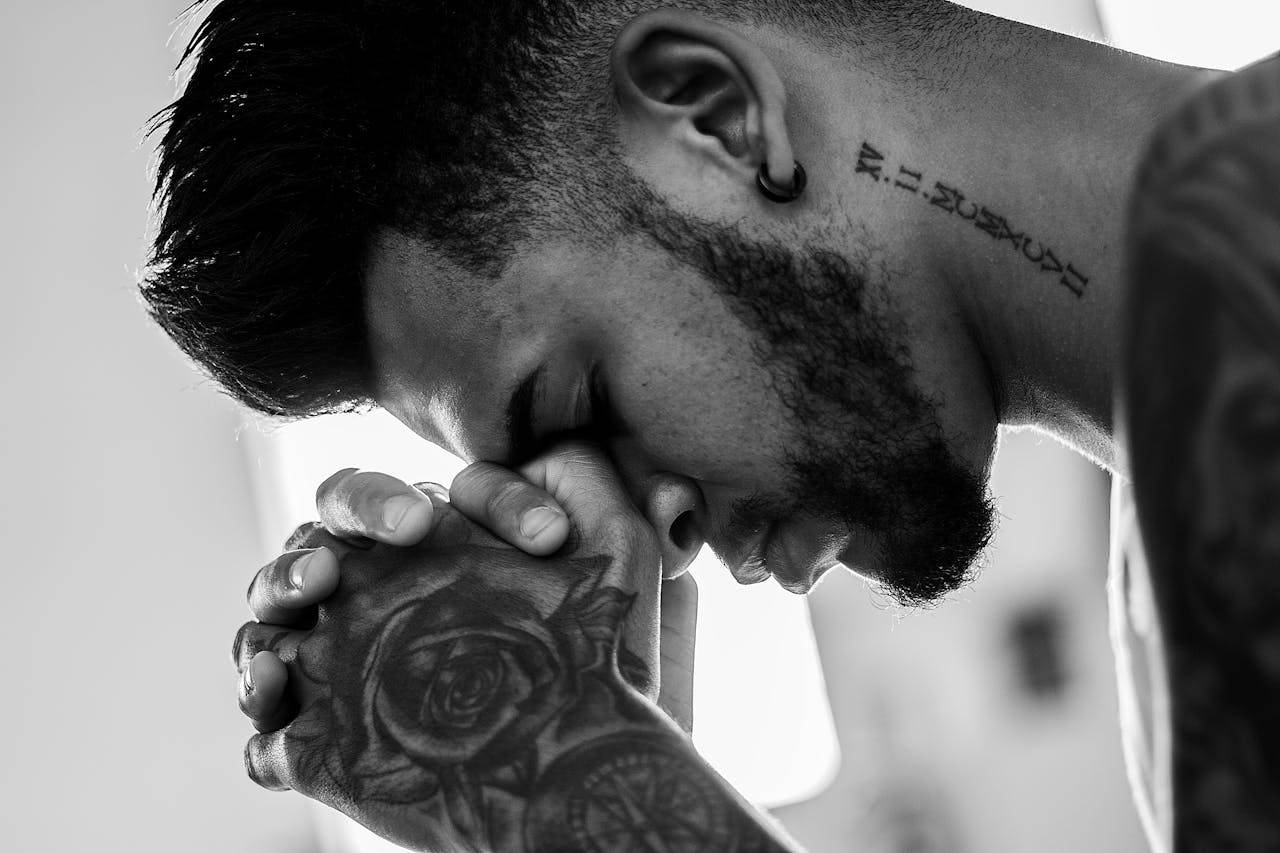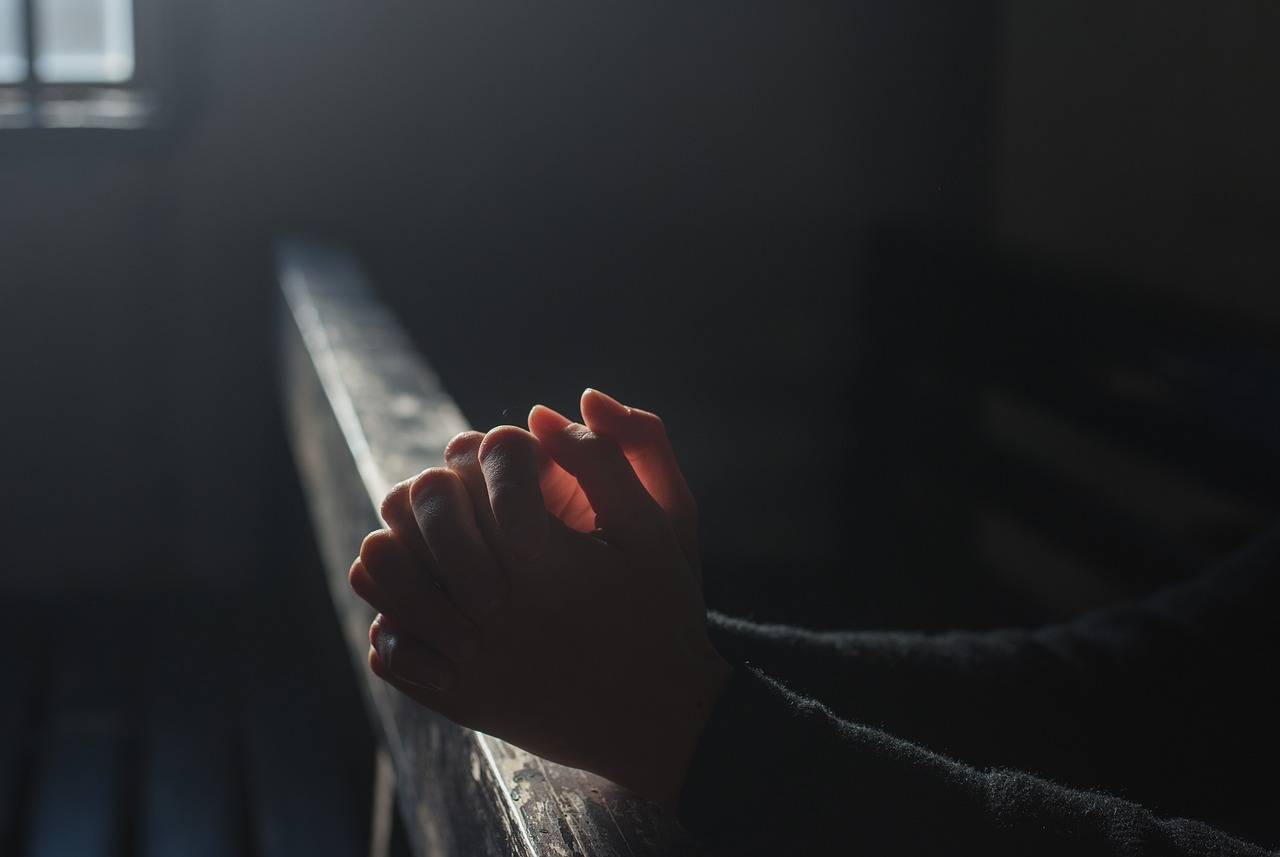This Sunday, Christian believers begin the penitential season of Advent. The four-Sunday season is a time of preparation and purification, as the Church anticipates the annual celebration of the Lord’s Birth at Bethlehem over two thousand years ago.
The season is also a time to recall that the Lord Jesus will return, and that all believers must be ready for his Second Coming. As Pope Emeritus Benedict XVI wrote: “While our hearts look forward to the annual celebration of Christ’s Birth, the Church’s Liturgy directs our gaze to the final goal: our encounter with the Lord who will come in the splendor of glory.”
In light of these two divine visitations, one historical and one eschatological, believers can rightly ask themselves how such a diverse reality can be rightly observed.
How can believers both recall a historical event, while also prepare for a future event, in which time and space as we know them will end? Is there a middle ground or a still point between the two?
From the time of the Upper Room, the Lord Jesus has provided the answer. In the Eucharist, the Lord remains with his people. As he told his initial followers: “I will not leave you orphans.” The first disciples experienced this eucharistic presence. In particular, the two disciples on the way to Emmaus saw and encountered the Risen Lord in the Breaking of the Bread.
The expression, “Breaking of the Bread,” is one of the earliest terms for what we now call the Eucharist or the Mass. One other early title for the Eucharist was “the Parousia.” In theology today, the term is a reference to the Second Coming. But again in the early Church, it was a title for the Eucharist since the Lord’s presence in the Eucharist was seen as intimately connected – inseparable – from his presence at the Second Coming.
And so, in the Eucharist, we see the crucible and intersection between the continuation of the Lord’s First Coming, and the immediate preparation for his Second Coming. Once this connection is made, various prayers of the Catholic Mass stand out.
In particular, the embolism prayer (which follows right after the Lord’s Prayer in the Communion Rite) strikes the heart of the attentive worshipper. The history of the prayer illustrates these lessons, and so it shouldn’t surprise anyone that the prayer started as an early Advent prayer in the Christian liturgy.
The prayer was so beautiful and demonstrative of the purpose of receiving Holy Communion, that it eventually stayed in the Mass as a permanent part of worship, and not only a prayer for the Advent season.
In the newest translation the Catholic Mass, the prayer reads: Deliver us, Lord, we pray, from every evil, graciously grant peace in our days, that, by the help of your mercy, we may be always free from sin and safe from all distress, as we await the blessed hope and the coming of our Savior, Jesus Christ.
The prayer speaks for itself where it currently is in the liturgy. It asks the continued presence of the Lord in keeping us safe, while also expressing the hope of the Lord’s return. As such, we can see how this prayer is both fitting for the Communion Rite of the liturgy, as well as expressive of the Advent season.
In recognizing the liturgy as a sort of middle ground between the Lord’s First Coming and his Second Coming, we see grasp more fully the purpose of worship. It teaches us gratitude and expectation, as well as a sacred waiting for the Lord, on his terms.
In this way, good and attentive worship is an especially important part of Advent. While other devotions and traditions can be done, none of them can surpass a renewed concentration and diligence on the sacred liturgy.
Even the simple awareness that the Mass stands between time and eternity, and that both can be spiritually felt in the sacred liturgy, is an Advent exercise in acknowledging the presence, power, and providence of God.
While many believers might take the liturgy for granted, its beauty, mystery, mosaic-like history, and its abundant graces are a year-long gift, as well as a particular Advent gift, to every Christian believer and person of open heart.
There can be no greater Advent preparation, therefore, than a deeper love and appreciation for the Breaking of the Bread, the Parousia, the Eucharist, the beautiful and amazing Catholic Mass.
Follow Father Jeffrey Kirby on Twitter: @fatherkirby
















